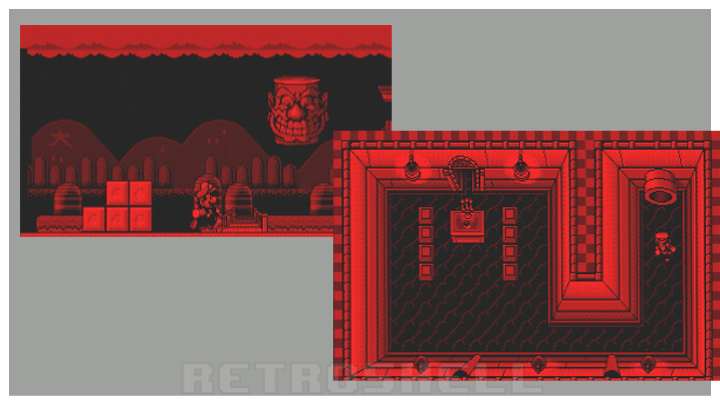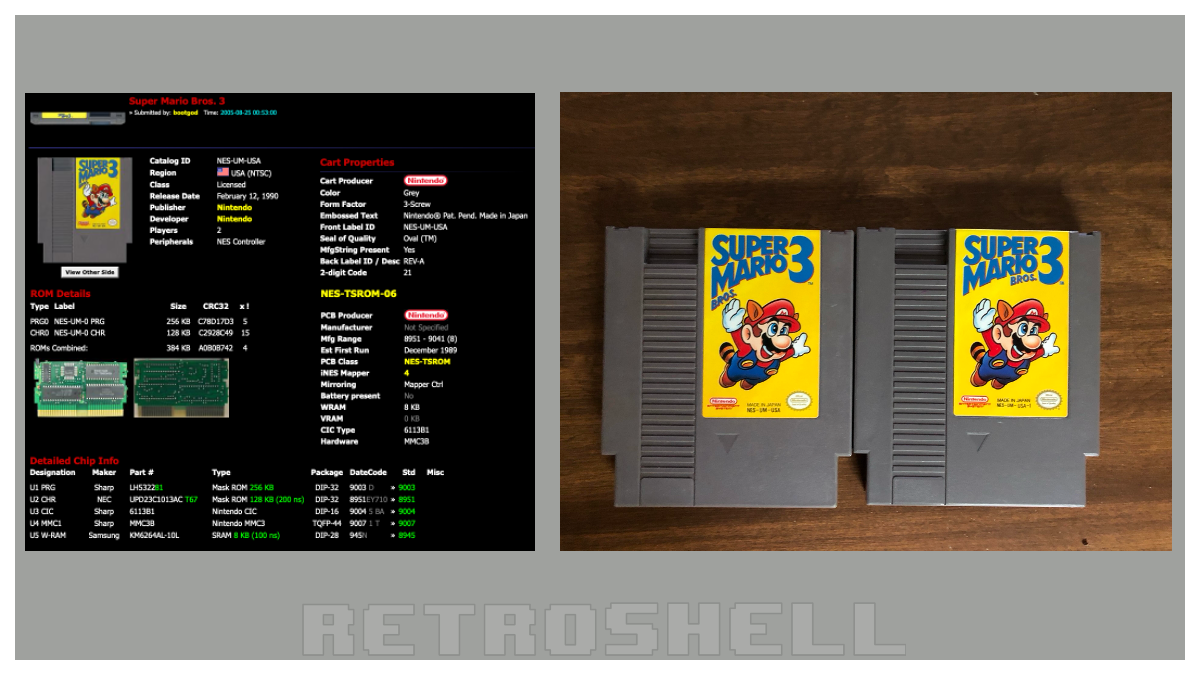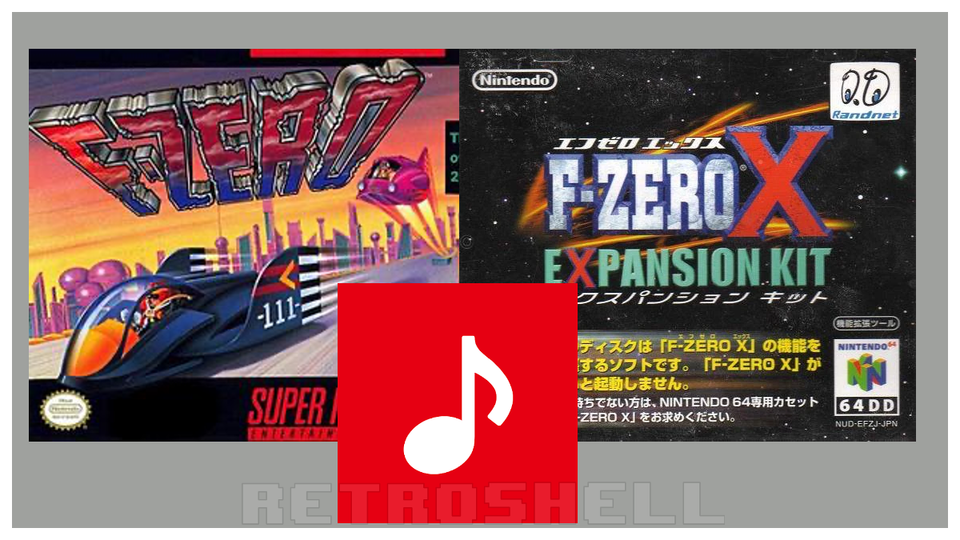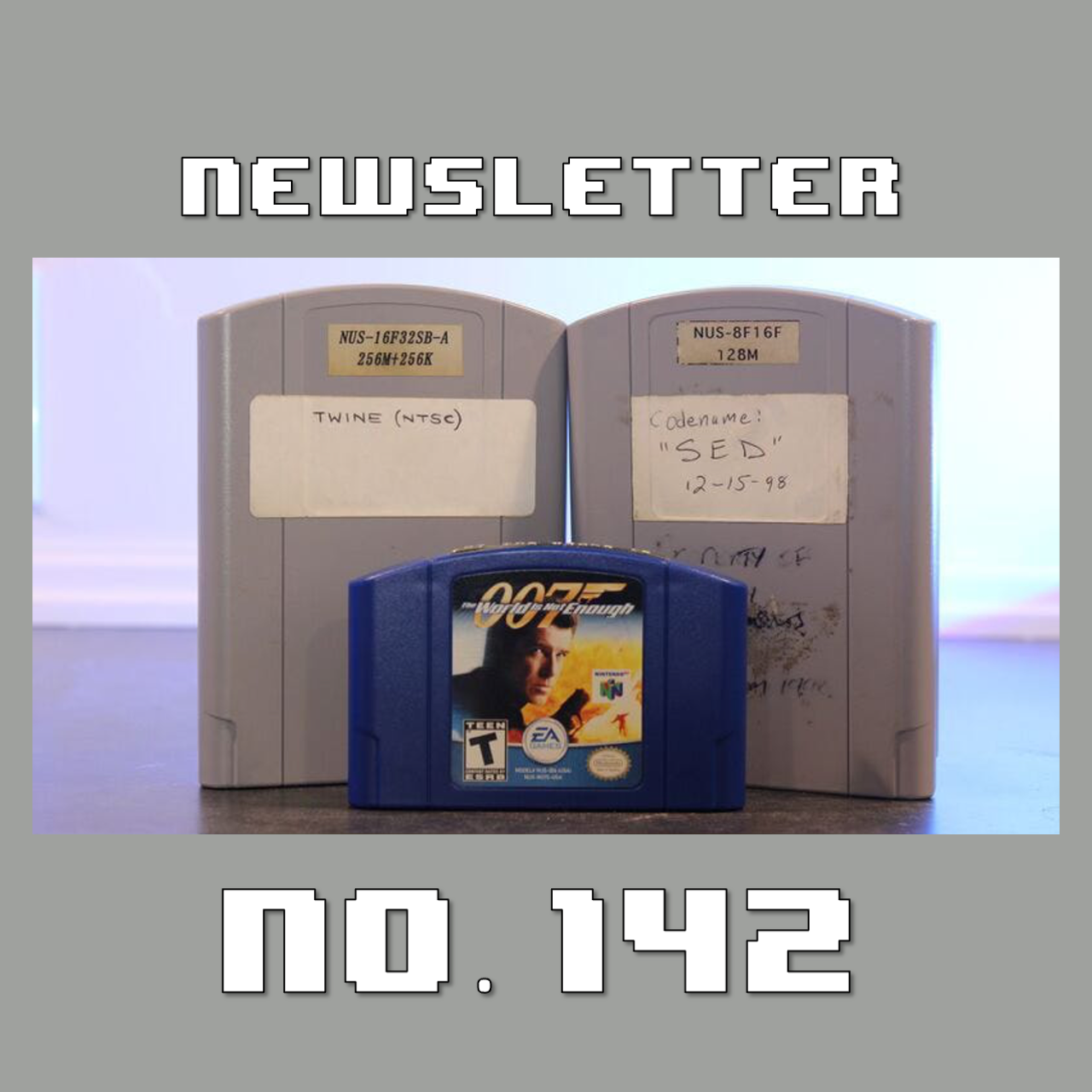Linux Lands on NES and GameCube: A Retro Tech Triumph
A pioneering project has fused retro gaming with modern computing by running a lightweight Linux distribution on the Nintendo Entertainment System (NES) and within Animal Crossing on the GameCube. Dubbed NES86, this breakthrough leverages an IBM PC emulator hosting the Embeddable Linux Kernel Subset (ELKS)—a minimal Linux kernel tailored for low-resource hardware.
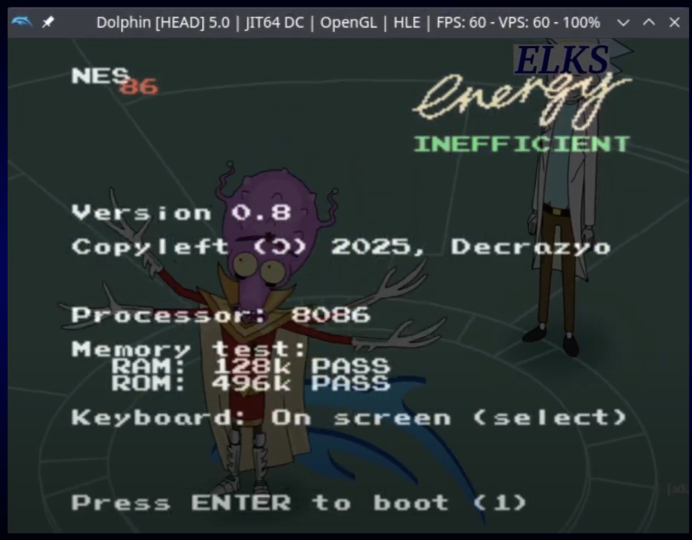
The NES, with its 2 kilobytes of RAM and 1.79 MHz processor, falls far short of ELKS’s 256-kilobyte RAM requirement. To bridge this gap, developer "decrazyo" crafted an emulator mimicking an Intel 8086 PC, a 16-bit system from the IBM PC era. “We’re not running Linux directly on the NES—we’re emulating a PC that runs ELKS,” decrazyo explained. This emulation, detailed in the video, uses memory mapping to access larger ROM capacities, overcoming the NES’s constraints despite significant processing delays.
Adding a twist, the project exploits Animal Crossing’s built-in NES emulator on the GameCube. Originally designed to play classic NES titles in-game, this emulator was patched via a custom NES ROM loaded from a GameCube memory card. Decrazyo doubled the emulator’s RAM allocation to support the x86 emulator and ELKS, as shown in a 6-minute YouTube demonstration. The result: Linux boots within a virtual Animal Crossing house, albeit at a glacial pace—about 1/64th of normal speed.
The technical hurdles were steep. The NES’s 8-bit architecture and limited memory demanded creative solutions, likely involving bank switching (possibly via the MMC5 mapper, though unconfirmed), to emulate a 16-bit PC environment. The Animal Crossing setup required rewriting parts of the in-game emulator to handle unsupported features and extra RAM, a feat documented on Hackaday.
Collaboration enriched this effort. Decrazyo built on prior work by James Chambers (who exposed Animal Crossing’s emulator capabilities in 2018) and Cuyler36, alongside inspiration from the ELKS project. While the broader NES Dev Community and Animal Crossing decompilation team aren’t directly credited, their foundational contributions to retro hacking paved the way. Performance lags, with noticeable keyboard input delays, reflect the emulation’s overhead, yet the proof-of-concept stands firm.
“This isn’t about speed—it’s about what’s possible,” decrazyo noted, hinting at future refinements like a custom cartridge to enhance compatibility. The project echoes a wider trend of retro experimentation, from Doom on NES to Linux on PlayStation 2, showcasing a passionate community’s drive to reimagine old hardware.
In conclusion, NES86 blends nostalgia with technical prowess, proving even the humblest gaming systems can host modern OSes. Future iterations might streamline performance or target other platforms, keeping retro tech vibrant and relevant.
Keep your classics safe! Visit RetroShell for premium protective cases tailored for retro enthusiasts. For more retro gaming news, subscribe to our free Substack—fresh insights every Monday.

